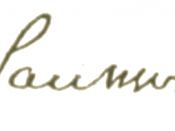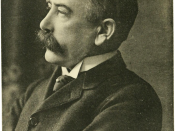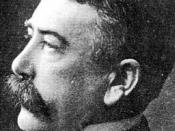The semiotic tradition in communication theory is the study of signs, and includes how meaning is created and understood. Ferdinand de Saussure, a Swiss linguist radically changed the way language is studied. He argued that words and other language elements had no natural connection with the things they were indicating. They only are related through the structure which we use. We see signs as natural because they are a part of our everyday life and strongly ingrained in our minds. Although they are automatic for most of us, they are a product of our culture.
To fully understand this concept, we must look at the important distinctions Saussure makes between langage, langue, and parole. Langage or language is the concept of language itself as the way that people communicate. Langue or 'a language' is the particular languages that people have created such as English or French. And finally parole or speech is how we actually use language.
The main difference between langue and parole is that parole is adapting the language to communicate. Langue has set rules that exist and must be formally followed at a particular time and cannot be changed. The only way to change a language is with speech. Parole changes langue through usage and is how language evolves. Saussure claims that linguistics is the study of langue, not parole.
It is important to keep in mind that Semiotics is about structure. All linguistic components are comprised of two parts, a signifier and a signified. These elements create a complete sign, which take the form of words, sounds, images, etc. An example would be a picture of a car. If you were to show someone that picture and ask them what they saw, most people would reply that they see a car. However, what they are...


